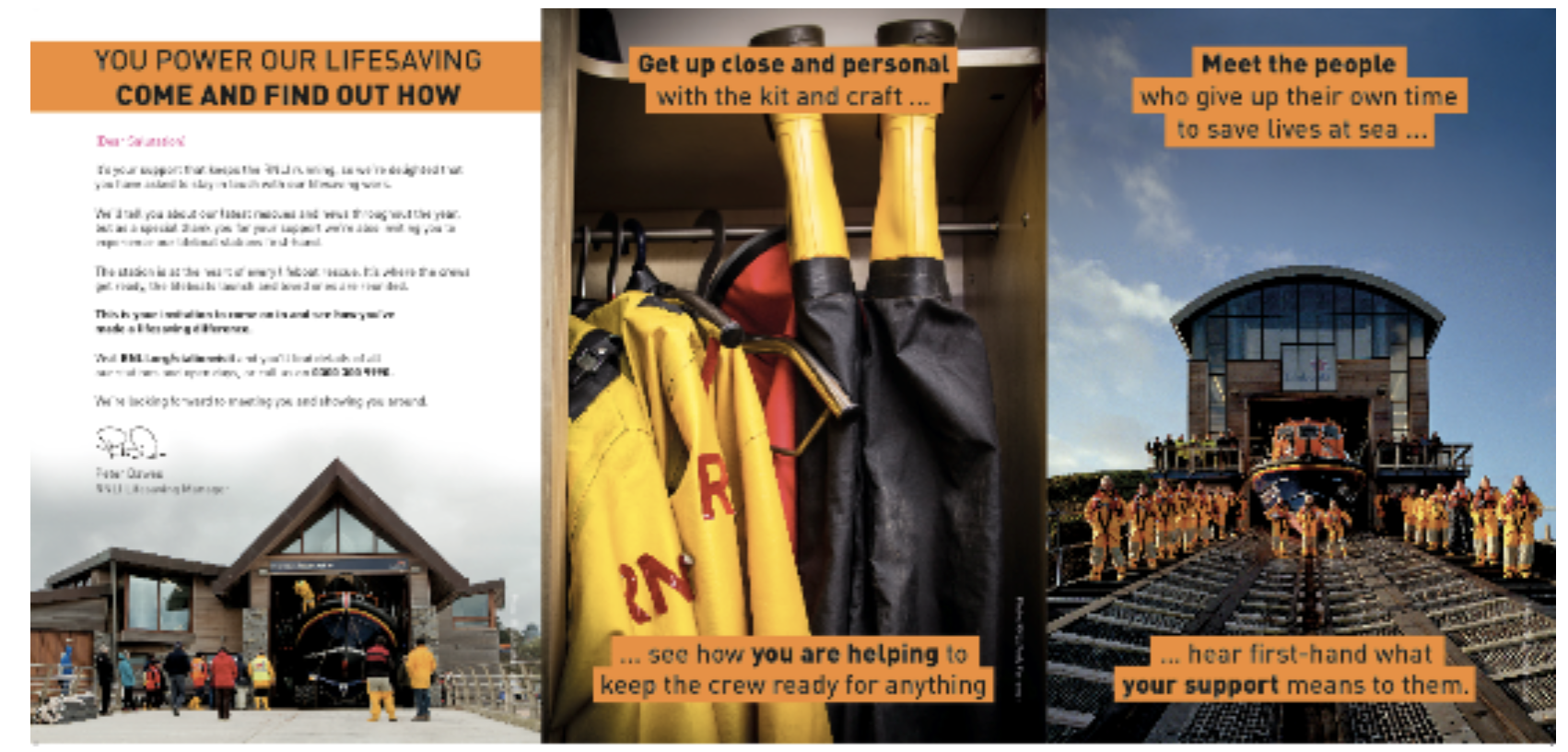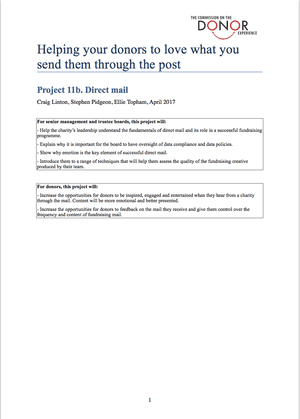CDE project 11b: recommendations to improve the donor experience — two and three
- Written by
- The Commission on the Donor Experience
- Added
- April 28, 2017
Recommendation 2: Think about how donors FEEL.
Always come back to this. Map how you want them to feel at each point in your customer journey plans. Measure how it impacts loyalty over time, and generosity.
Then take the opportunity to talk and listen to your donors – use the phone, face to face meetings and surveys (on and offline) to ask them how you are doing.
Example 1: The National Autistic Society
The NAS sent supporters this survey on autism and gave people the chance to provide feedback on their work and gather information on people’s connection to the cause (i.e. do they have or do they know someone with autism).
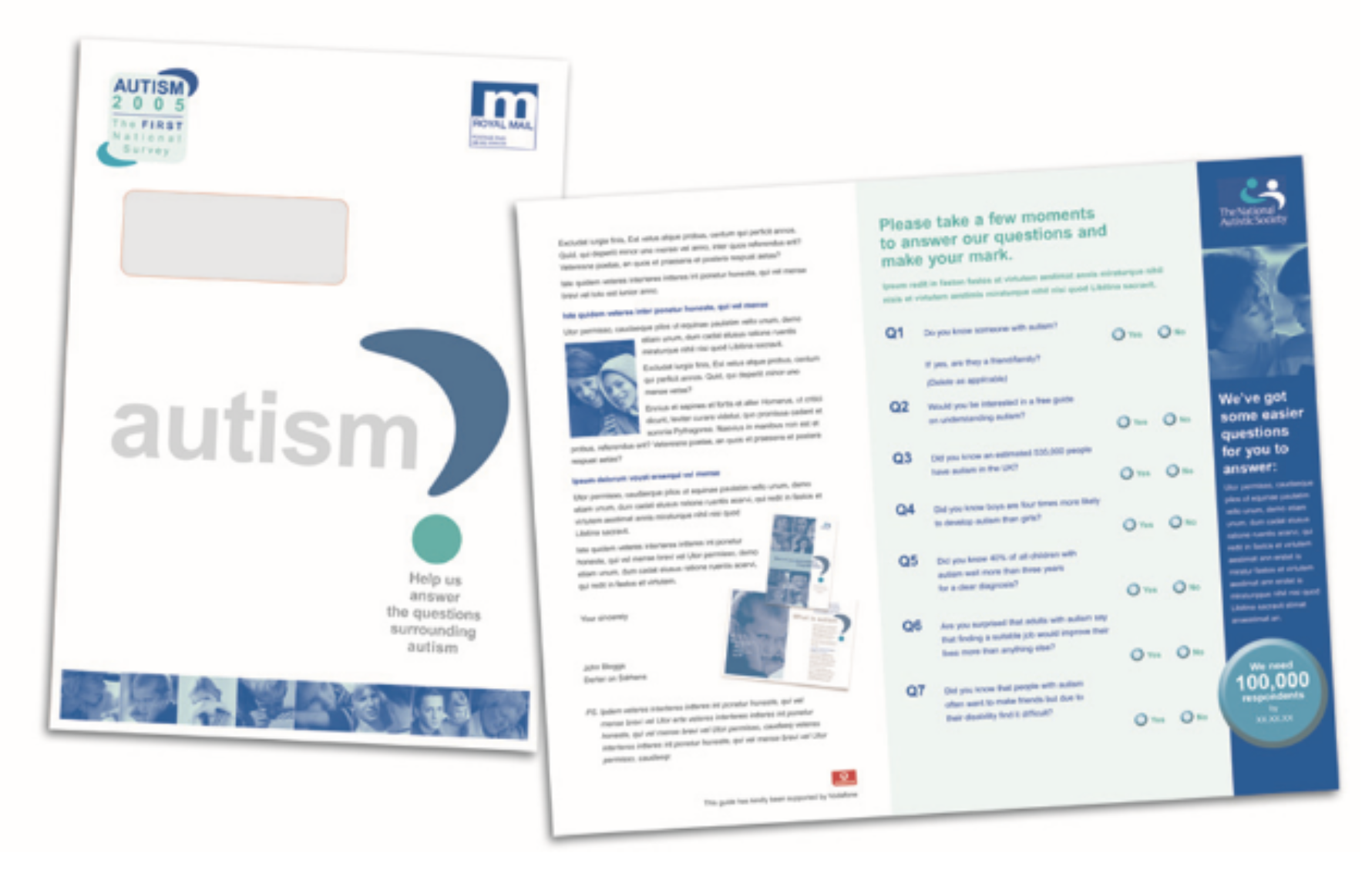
Example 2: Transform MQ
As a relatively new mental health charity, Transform MQ undertook a national survey to find out more about potential supporters. The charity were particularly pleased with the response they received from the 45-55 age group.
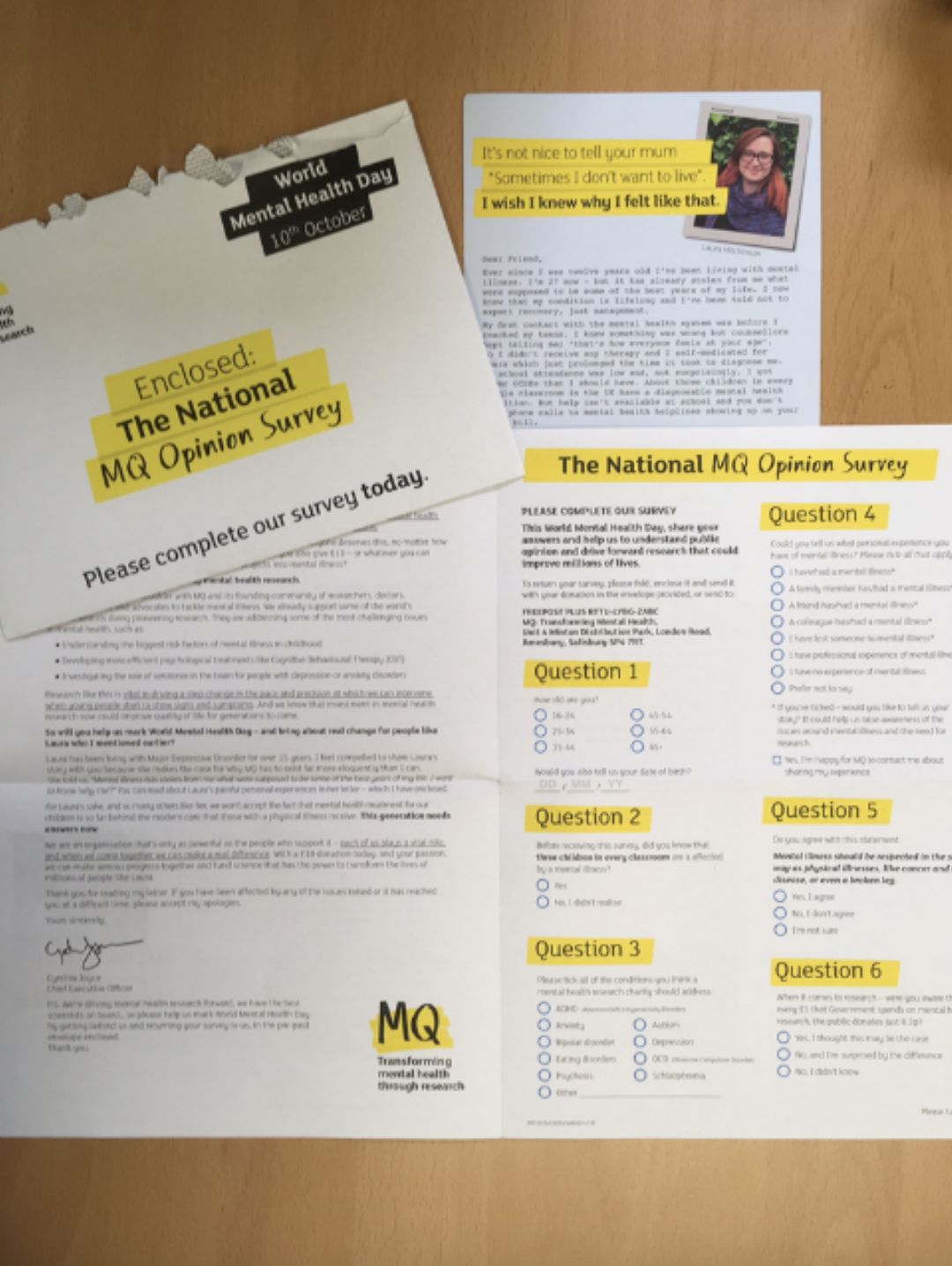
Recommendation 3: Be an ambassador, as well as a fundraiser
Use direct mail to engage supporters with your wider work and the difference they are making to your beneficiaries.
Example 1: Supporter newsletters
Newsletters can be a great way to keep supporters informed and inspired about your work.
Tom Ahern’s Raising more money than you ever thought possible from newsletters contains a complete guide to writing great supporter- focussed newsletters.
On the Bloomerang fundraising blog, (https://bloomerang.co/blog/follow-the-domain-formula-for-donor-newsletters/) Tom also explains the approach of the now defunct, North American fundraising agency Domain and their successful ‘formula’ for supporter newsletters:
- Page count: no more than 4 pages (in tests, adding more pages did not produce more revenue)
- Article length: short
- Write for skimmers (i.e., requires professional quality headlines)
- Include a separate reply device
- Don’t get distracted: be fully donor-committed. Send only to your donors. You have to talk to a single target audience
- Make the voice personal (the word “you” dominates) rather than institutional; get intimate
- Focus on “accomplishment reporting” (tell donors how much they have changed the world through their gifts)
Here are a few front page images from UK supporter newsletters:
British Red Cross – LifeMatters
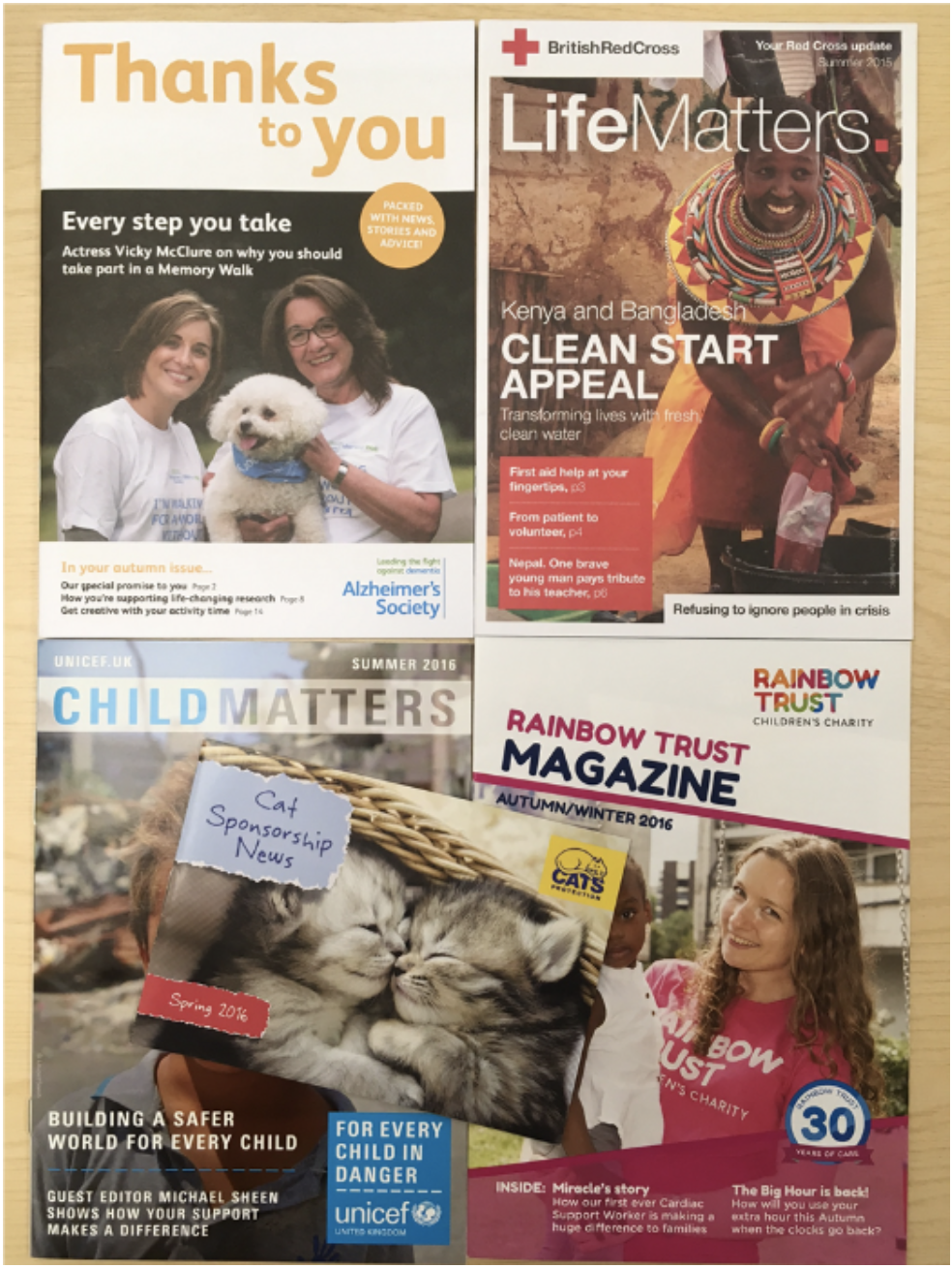
Example 2: RNLI invite to a lifeboat station
RNLI send a personal invitation to visit a lifeboat station. They do this as it gives them a chance to thank supporters and give them a chance to meet the crew and see first-hand the impact of their donations.
